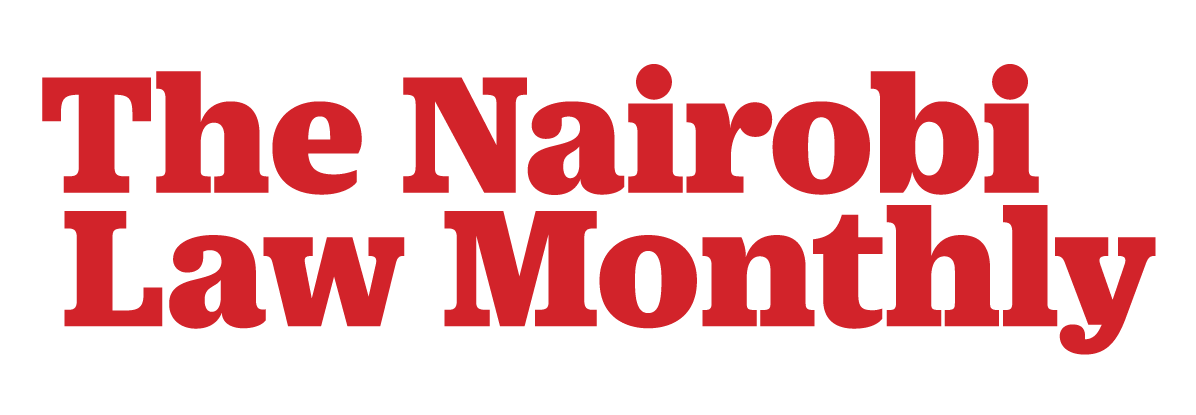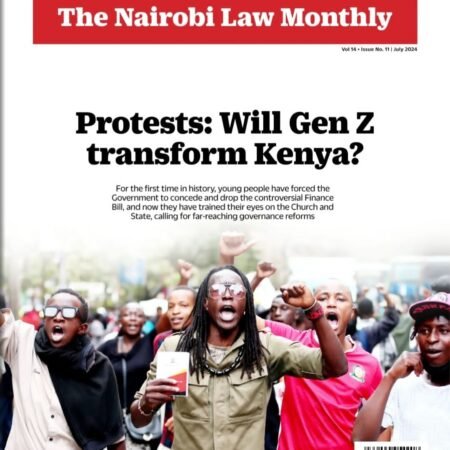The dimensions and scale of leadership required to end backsliding and restore or initiate sustainable democratic progress have received insufficient attention relative to that devoted to democratic decline.
By Prof John Harbeson
The Carnegie Endowment for International Peace is a distinguished Washington-based think tank long known for wide-ranging careful, and influential studies advancing its stated goal. A recent essay by two of its well-known scholars, Thomas Carothers and Frances Brown, is a welcome, still relatively infrequent attempt to discern the underlying drivers of democratic backsliding: the gradual but steady, secular decline of democratic institutions and practices across the globe in both mature and newer countries since about 2005 attested by a number of respected democracy measuring protocols.
-
Sale!
Download Nairobi Law Monthly Magazine July 2024 Edition
Downloads Original price was: KShs200.00.KShs100.00Current price is: KShs100.00.
To explain this phenomenon, the authors identify 27 countries across the globe as representative of democratic backsliding, including three sub-Saharan African countries: Benin, Tanzania, and also, Zambia which they report rebounded following backsliding. The authors predicate those cases of backsliding on prior periods of democratic progress in those countries. They distinguish democratic backsliding in these countries from the situations of others where democracy has disappeared altogether.
The authors anticipate that, if asked, a representative group of policymakers and experts would put forth a wide range of explanations to account for democratic backsliding. They recognize that some would likely cite malign external influences, autocratic external powers like Russia and China, as well as the exponential development of social media and its potential for political surveillance. They recognize that others would likely point to socio-economic discontent with weak economic growth and surging inequality, the emergence of populism, and growing political polarization. But they contend that these and other factors “tend to be facilitating conditions” rather more than core drivers” of democratic backsliding.
Instead, Carothers and Brown argue that “rather than focusing on overarching structural explanations, a more persuasive account must focus on the distinct motivations and mechanisms of leader-driven antidemocratic political projects that lie at the heart of global democratic backsliding.” These projects, they argue, are animated by leaders’ grievances, their quests for political survival, and motivations of interest groups—typically military—to claim or recapture political power to entrench their core interests. That democracy has receded across the world because leaders have learned from each other how to subvert democratic processes without actually abandoning them has had considerable resonance with observers of democratic practice, notably in the case of sub-Saharan Africa’s now three-decade encounter with democracy.
However, a critical problem with the authors’ hypothesis is that in abstracting personal political motivations of political leaders from the full range of what they term influencing “facilitating conditions” for democratic decline, they leave unaddressed underlying assumptions about what, empirically, constitutes capable leadership both in sustaining and advancing democracy as an end in itself and in employing its processes to advance other dimensions of socio-economic development, for example in young democracies like those in post-Cold War era sub-Saharan Africa.
Thus, implicitly, the authors choose not to interrogate the elements and dimensions of leadership that have tended to differentiate leaders whose work has at least modestly served to sustain and advance democracy in their countries from those who have privileged their personal political survival interests at the expense of their countries’ democratic backsliding in the ways the authors suggest. Similarly, the authors tacitly overlook the fundamental issue of how capable leadership may be indispensable also to strengthen democracy indirectly by employing its processes to advance critical aspects of socio-economic development more generally, thereby helping to overcome what the authors term “facilitating conditions” impeding its advancement.
As useful as it may be to identify a representative group of democratic backsliders from several world regions, reducing the issue to the personal failings of sets of political leaders inescapably tacitly omits acknowledgment of the scale and complexity of the problem for which quality leadership has been missing as well as insufficiently specified. Clearly, it is necessary to recognize the extent to which circumstances of democratic backsliding or, alternatively, forward movement vary from region to region as well as country to country. Summary Freedom House data for sub-Saharan Africa supply just one example: 48 countries have suffered net backsliding by a collective 13 percent over sixteen years since 2006 on seven broad measures of democracy: electoral processes, achieving political pluralism and participation, governmental transparency, freedom of expression and belief, rights of association, the rule of law and personal liberties like freedom of movement. These countries have backslid from a collective score of 49.4 to 42.8 on a scale of 0 to 100, even as 13 of those countries have bucked the trend by recording modest net democratic advances and ten have managed sustained if incomplete levels of democracy over this period.
The dimensions and scale of leadership required to end backsliding and restore or initiate sustainable democratic progress have received insufficient attention relative to that devoted to democratic decline. Influential think tanks like the Carnegie Endowment can help to right that imbalance.


